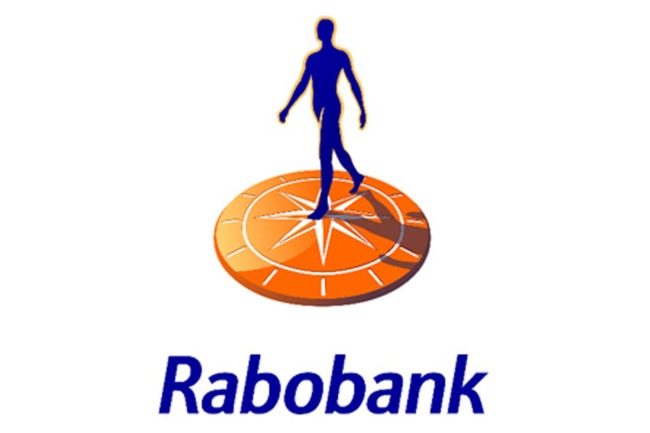UTRECHT, NETHERLANDS – The poultry industry will continue to slowly recover following the big hit at the beginning of 2020 due to the coronavirus (COVID-19) pandemic, according to Rabobank’s Q3 Poultry Report.
During the second half of 2020, poultry demand is expected to improve. Still, the most prominent market driver will be the economic downturn making markets worldwide more unpredictable and price-driven.
“Volatility could be exacerbated by ongoing challenges to balance supply and demand and by exchange rate instability,” said Nan-Dirk Mulder, senior analyst for animal protein at Rabobank. “On the other hand, the relatively bearish feed price outlook will provide producers some relief on the cost side of their businesses.”
Rabobank expects some recovery following historic lows in poultry prices earlier in the year where poultry prices dropped between 5% and 25%. The company said breast meat should benefit from the reopening of foodservice but trade will remain difficult. Demand and pricing for dark meat is expected to improve but supply in some markets might be tight due to reduced parent stock.
Even with improvements in parts of the poultry industry, Rabobank expects global trade to remain volatile during the second half of 2020.
Mulder expected demand to recover as restrictions on out-of-home and wholesale markets are lifted. However, with supply-demand imbalances, foreign exchange volatility and access issues could distort trade flows. He later mentioned the trend of buying local as a challenge to trade flows.
The report also cited trade agreements and restrictions as a possible reason for global trade to remain shaken up. Mulder pointed to ongoing trade disputes with the US and China, Brexit and other players, including the Middle East.
Some of the other factors for international trade include global lockdowns due to COVID-19 and how that can affect foodservice, supply disruptions, distribution and border closures affecting trade, foreign exchange volatility and possible avian influenza outbreaks.
“The outlook for global trade is for ongoing volatility,” the report said. “On the positive side, we see demand starting to recover, as most countries are moving out of lockdown, with foodservice demand picking up as a result. Given the uncertainties around the COVID-19 situation, we see ongoing shifts up and down in demand, which will add to the volatility. The impact on prices will also show some delay, as stocks in many markets are still high, which will influence the buying behavior of traders.”


